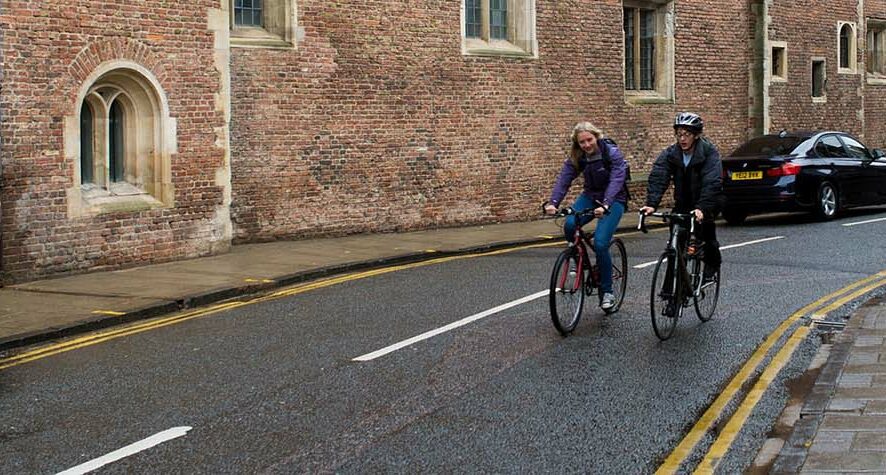How Cambridge transport network could be transformed by 2030
Cambridge has seen the largest housing growth in the country since 2011. That’s 7,000 new homes (a 15% addition to the existing number of residences). As a result, calls have come for some of the city’s Transport Plan to be introduced sooner, rather than later.
The Plan can be broken down into five parts:
- Busways
- Metro
- Cycling
- Railways
- Restricting cars.
Introducing a Metro System
It includes a Metro system by 2030 which will link to other local towns and villages via a system of underground tunnels. More cycle routes and new railway stations making cross-country travel easier are also on the cards.
A key economic review in 2019 found that without major investment in transport infrastructure, the economy of Cambridge and that of the Greater Cambridge area as a whole would cease to grow. But even if there wasn’t further housing built and an increase in population, the area still suffers from problems with traffic, carbon emissions and air pollution. Property is expensive.
Under the Cambridgeshire and Peterborough devolution deal, agreed in 2017, the combined authority sets the Transport strategy. They also plan on doubling the area’s economic output in 25 years.
In terms of infrastructure, they want more people to walk, cycle and use public transport.
Metro Phase 1
The Metro is by far the most ambitious plan. Its first phase consists of busways i.e. a segregated road space specifically for buses and which is backed up with large car parks for park and ride journeys. New walking areas, cycle routes and even equestrian provision are also planned.
The Cambridge South East Transport route is awaiting the final go-ahead and if so, is expected to be complete by 2024. It will connect the Biomedical Campus with a new park and ride for up to 2,000 cars to the east of Babraham, next to the A11.
The route will improve public transport links with Sawston, Stapleford and Great Shelford. It also connects to the Babraham Research Campus and Granta Park.
A Cambourne to Cambridge busway is also planned, alongside a Cambridge to Waterbeach route which is currently being discussed.
Metro phase 2
This would consist of underground tunnels and stations in the city centre, extending to outlying areas. Known as Cam Metro, there is still discussion over how funding will be achieved.
Expanding railways
This plan envisages three new railway stations – Cambridge East, Cambridge South and Cambourne – and a new railway line, East-West Rail. Waterbeach Station would also be relocated.
Car journeys discouraged
A plan for introducing residents-only parking in Cambridge is a bid to prevent commuters from parking in residential streets. This has already been implemented in some areas of the city. Consideration is being given to a ‘congestion charge’ or ‘low emission zone’ for the city centre to encourage drivers to use public transport or cycle.
Not all local politicians are in favour of the plan though. @CouncillorTumi called it “risky.” She added: “The strategy plans to cope with the rising population and increase in demand on the travel network by shifting people from their cars to use public transport and to cycle and walk. This is a risky strategy that in my view, could backfire spectacularly as it seeks to control people’s travel habits through various restrictions.

